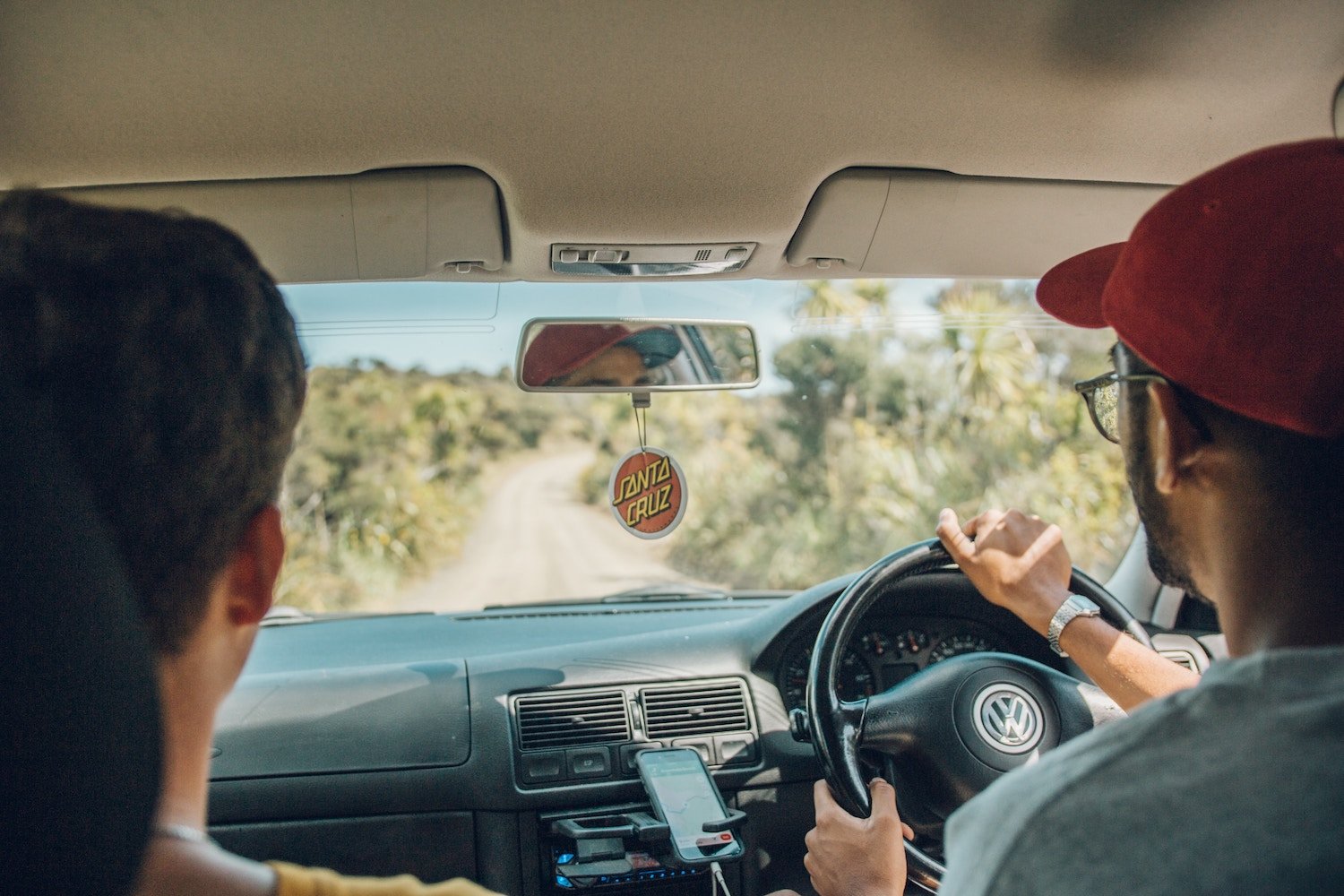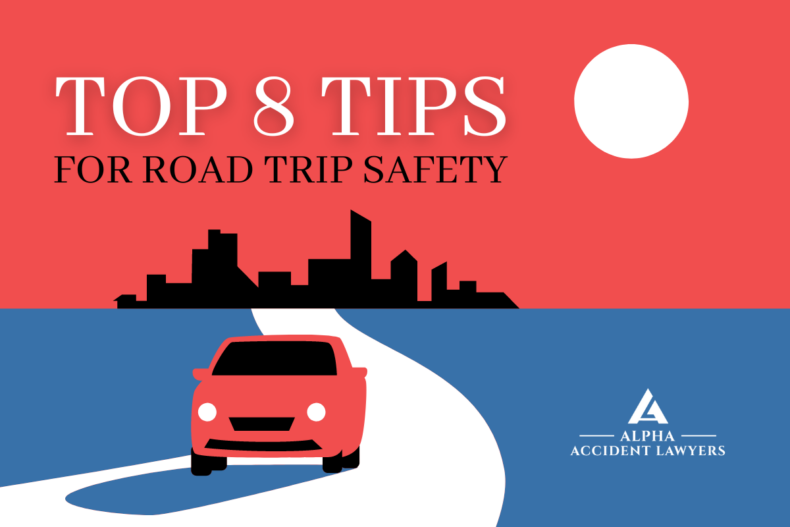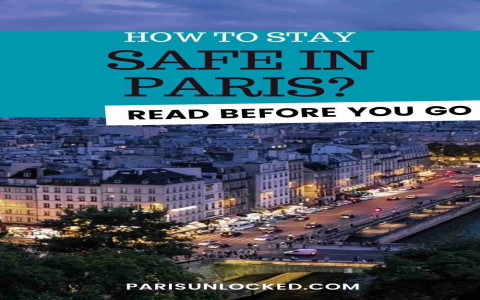Okay, let’s talk about hitting the road in a foreign land. I’ve done my fair share of road trips abroad, and let me tell you, I’ve learned a few things along the way, sometimes the hard way! So, I thought I’d share what I do to keep things as safe and smooth as possible. It’s not rocket science, just stuff I’ve picked up.

Before I Even Think About Packing My Bags
First off, before I even book a flight or a rental car, I get down to some serious homework. I mean, I really dig deep into the destination. I spend a good chunk of time looking up local driving laws and customs. You’d be surprised how different things can be from what you’re used to. What’s normal in one place can get you a hefty fine or worse in another. I also sniff around online forums and travel groups to see if there are any common scams targeting drivers, or particular roads to avoid. Knowing this stuff upfront has saved me a lot of headaches, believe me.
Then, there’s the car itself. If I’m taking my own vehicle, which is rare for overseas but happens for closer trips, I give it a proper once-over. Tires, brakes, fluids, lights – the whole nine yards. I’m no master mechanic, but I know enough to spot potential trouble. More often, I’m renting. And when I rent, I am super careful. I inspect that vehicle like a detective before I sign anything or drive off the lot. I take photos or a video of any existing dings or scratches. I learned this one after a bit of a dispute years ago where they tried to pin some old damage on me. Not fun.
Paperwork is a big one. It’s boring, I know, but so crucial. I make sure my passport is up to date, get any necessary visas sorted well in advance, and always, always carry my driver’s license. An International Driving Permit (IDP) is also usually in my wallet; many countries require it, or at least it makes things a lot easier if you get pulled over. I make copies of everything – passport, license, IDP, insurance, rental agreement. I keep one set with me, but separate from the originals, and leave another set with a trusted friend or family member back home. I also scan them and keep digital copies on my phone and in a secure cloud storage. Overkill? Maybe, but I’d rather be over-prepared.
And speaking of insurance, never, ever skimp on travel insurance and proper car insurance that covers you in the specific country you’re visiting. I always read the fine print. Does it cover roadside assistance? What’s the deductible? What about theft or damage? Having solid insurance just gives me peace of mind. It’s one of those things you hope you never need, but you’ll be incredibly grateful for if you do.
I also figure out my communication strategy. Will my phone work there? Is roaming affordable? Often, I’ll grab a local SIM card when I arrive. And offline maps are a lifesaver. I download maps for the entire region I’ll be in. Google Maps offline feature, or apps like *, have been my best friends in areas with spotty or non-existent cell service. I also make sure someone knows my rough itinerary and I try to check in regularly.

Once I’m On The Road
Okay, so I’ve done my homework, got the car, and I’m finally driving. This is where the real adventure begins, but also where I need to be most alert.
First thing is adapting to local driving styles. In some places, it’s orderly; in others, it’s organized chaos. I try to go with the flow but always prioritize safety. I stick to speed limits, even if locals are whizzing past me. Road conditions can vary wildly, from perfect highways to bumpy dirt tracks, sometimes in the same day. So, I drive defensively and expect the unexpected.
Keeping my belongings secure is always on my mind. I never leave valuables in plain sight in the car – not even for a few minutes. Cameras, phones, bags, all go into the trunk or are kept hidden. When parking, especially overnight, I try to find well-lit areas or secure parking lots if available. If a place feels off, I trust my gut and find somewhere else. It’s just not worth the risk.
Fatigue is a silent enemy on road trips. I make sure to take frequent breaks. Get out, stretch, walk around. If I’m feeling even slightly drowsy, I pull over at a safe spot and rest. Pushing through is a recipe for disaster. If I’m travelling with someone else who can drive, we share the wheel. That makes a huge difference on long hauls.
I also carry a small emergency kit. Nothing too fancy, but it includes:

- A basic first-aid kit.
- Extra water and some non-perishable snacks.
- A flashlight (and spare batteries!).
- A multi-tool or basic toolkit.
- A reflective vest and warning triangle (often legally required anyway).
You’d be surprised how often even the snacks have come in handy when a planned lunch stop didn’t pan out or I got stuck in traffic.
And finally, I try to stay calm and flexible. Things don’t always go according to plan. You might take a wrong turn, encounter an unexpected detour, or deal with a flat tire. Panicking doesn’t help. I remind myself I’ve done my prep, I have resources, and I can handle it. A bit of patience and a problem-solving attitude go a long way.
So yeah, that’s pretty much my routine. It might sound like a lot, but once you get into the habit, it becomes second nature. And honestly, taking these steps allows me to relax and actually enjoy the incredible freedom and discovery that comes with road-tripping abroad. Happy and safe travels to you too!









